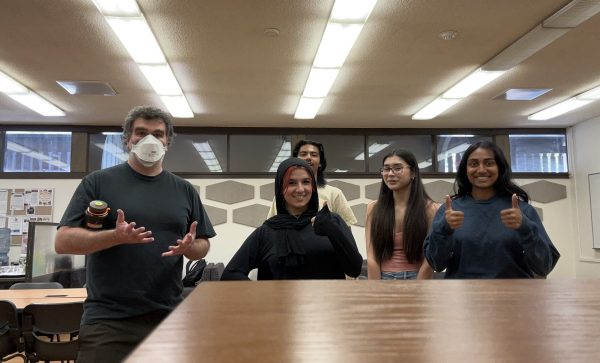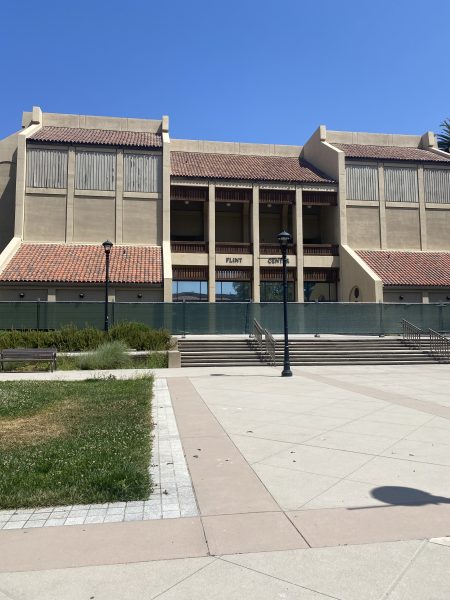New VTA plan would increase Eco Pass fee for De Anza students

Sample Clipper Card, image courtesy of De Anza College.
VTA has proposed to gradually raise the annual price of the De Anza Eco Pass from $9 to $40 in order to combat projected losses.
The proposal would raise VTA’s Eco Pass fee by $5 each year until it reaches $40 per student. In addition to the fee, VTA would start charging De Anza $3 for each physical Clipper Card which serves as the vessel for the ecopass itself.
De Anza students are currently paying between $3 to $5 in mandatory student fees every quarter regardless of whether or not they ever use or obtain a De Anza Eco Pass. Currently, this means that most students pay $9 to $15 dollars per year in order to fund a heavily cheapened program for those who actually want or need free access to VTA transportation.
Overall, the price hikes would increase the total cost paid to the VTA from $48,928.50 to $217,460, according to Dennis Shannakian, coordinator of the Office of College Life.
Some students have already expressed concerns about the potential fee raise; the DASB Senate is set to hear from student activists Elias Kamal, Desiree Humphers, and Neil McClintick on May 3 and will subsequently vote to endorse an official opposition stance toward the VTA’s proposal.
In addition to the proposed price increases, VTA’s 2018-19 budget plan would split up the Eco Pass program into three separate passes, with a specific, equal-priced $40 “Collegiate Pass” for Foothill-De Anza, Mission College, Evergreen Valley College, and San Jose State University.
SJSU students already pay $25 per year, a fee which would increase 5 percent annually, under the VTA’s new plan, until it were to reach $40, while Foothill-De Anza, San Jose City, and Evergreen Valley students’ rates would increase identically. Mission College would increase from $18 to $40.
Community meetings will be held throughout the beginning of May with a final decision from the VTA board set to be delivered June 1.

Standing at an imposing 6 feet 5 inches, Jarra Gojolo will have no problem OVERSEEING La Voz's sports section (ba-dum-tss). The La Voz Sports Editor has...







